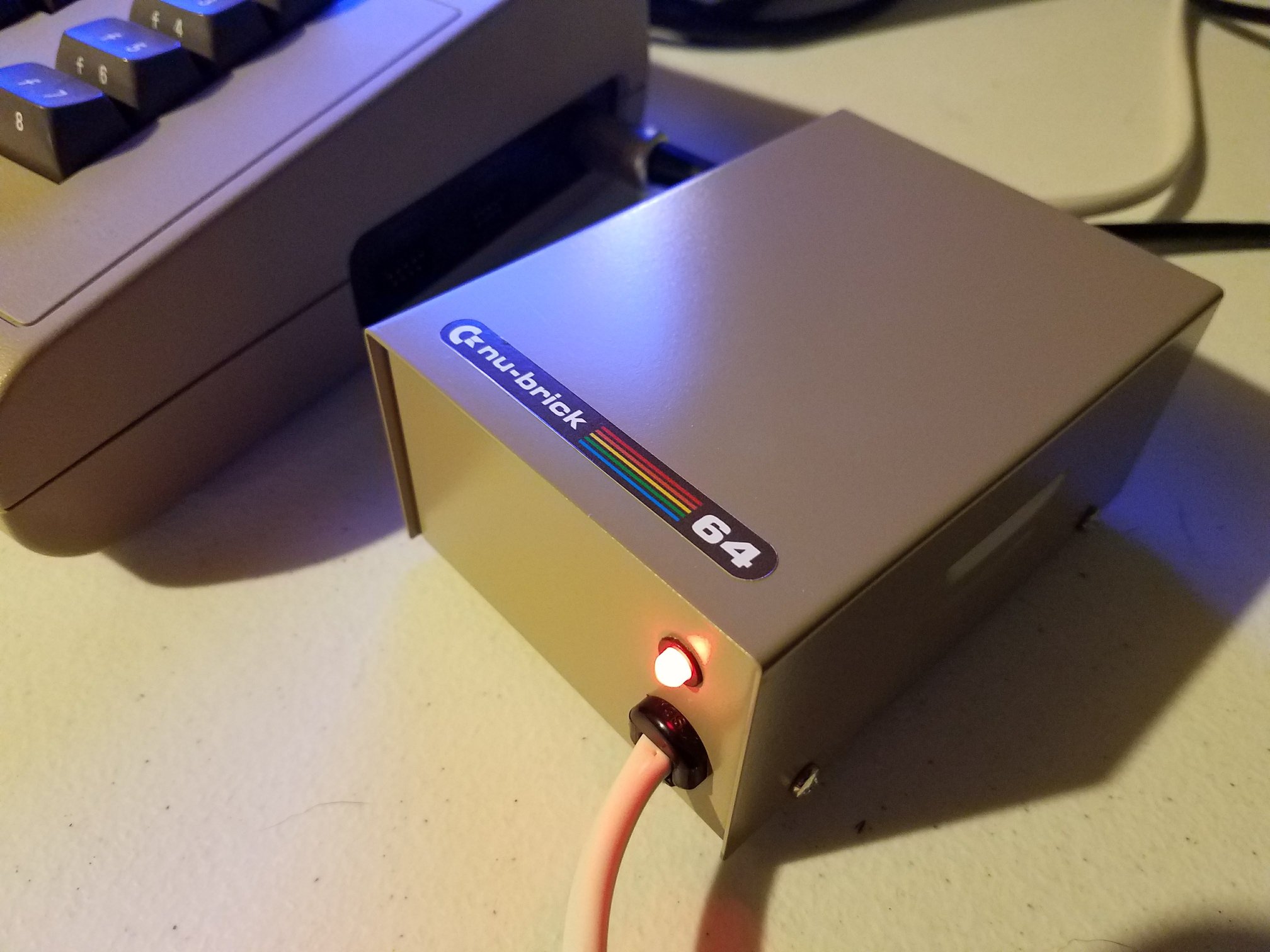In his latest video, Piers Finlayson introduces a next-generation Retro ROM replacement that reshapes how hobbyists restore and maintain vintage computers. The Software Defined Retro ROM (SDRR) uses an STM32F4 microcontroller to replace legacy ROMs like the 2364, 2332, and 2316.
Unlike typical replacements, SDRR is fully configurable through software. It fits directly into the original socket and supports in-system reprogramming. No more jumper puzzles or risky chip swaps.
Why Traditional ROMs Fall Short
Pier clearly outlines the flaws in current ROM replacement boards. Most are locked into specific ROM types and chip select behaviors. They also require:
- Manual EPROM erasing
- External programmers
- Risky chip removals
- Oversized PCBs that often don’t fit properly
For developers and restorers, these limitations slow down work and put vintage hardware at risk.
Fully Configurable by Software
SDRR sidesteps all of that. It supports:
- 2364, 2332, and 2316 ROM types
- All valid chip select combinations
- Multiple ROM images, selectable via jumpers
Configuration happens in a simple text file. This lets users define ROM type, file location, and chip select logic with ease.
Reprogram It Live, In-System
One of SDRR’s standout features is live reprogramming. Using a 3-wire SWD connection, the ROM can be updated inside a running system.
Pier demonstrates this on a Commodore 64. The screen briefly shows garbage as the chip erases, but once flashed, everything works perfectly again—without removing a single component.
Real Demos on Real Hardware
The video includes several hands-on demonstrations:
- Booting a C64 with a stock KERNAL
- Running a Dead Test ROM
- Using SDRR as a character ROM
- Switching configurations with jumpers
- Reprogramming SDRR inside a live system
- Booting a VIC-20 with a stock and modified ROM
Each example shows SDRR working exactly as promised—and doing what no other solution offers.
Small Footprint, Big Impact
Despite its flexibility, SDRR fits the exact footprint of a standard ROM socket. It’s small, reliable, and easy to install.
Better yet, the entire system costs around $5 in small quantities. That includes the microcontroller, voltage regulator, and passive components. Larger batches reduce the cost even further.
Open Source and Community Friendly
Every part of SDRR is open source. This includes:
- Firmware
- PCB layout
- Config tools
- Build system
Whether you’re repairing a PET, building a VIC-20 project, or restoring a C64, SDRR is a game-changer.
You can learn more at Pier’s Software Defined Retro ROM (SDRR) Github Repository.







